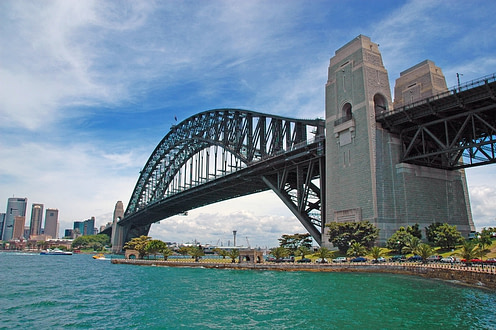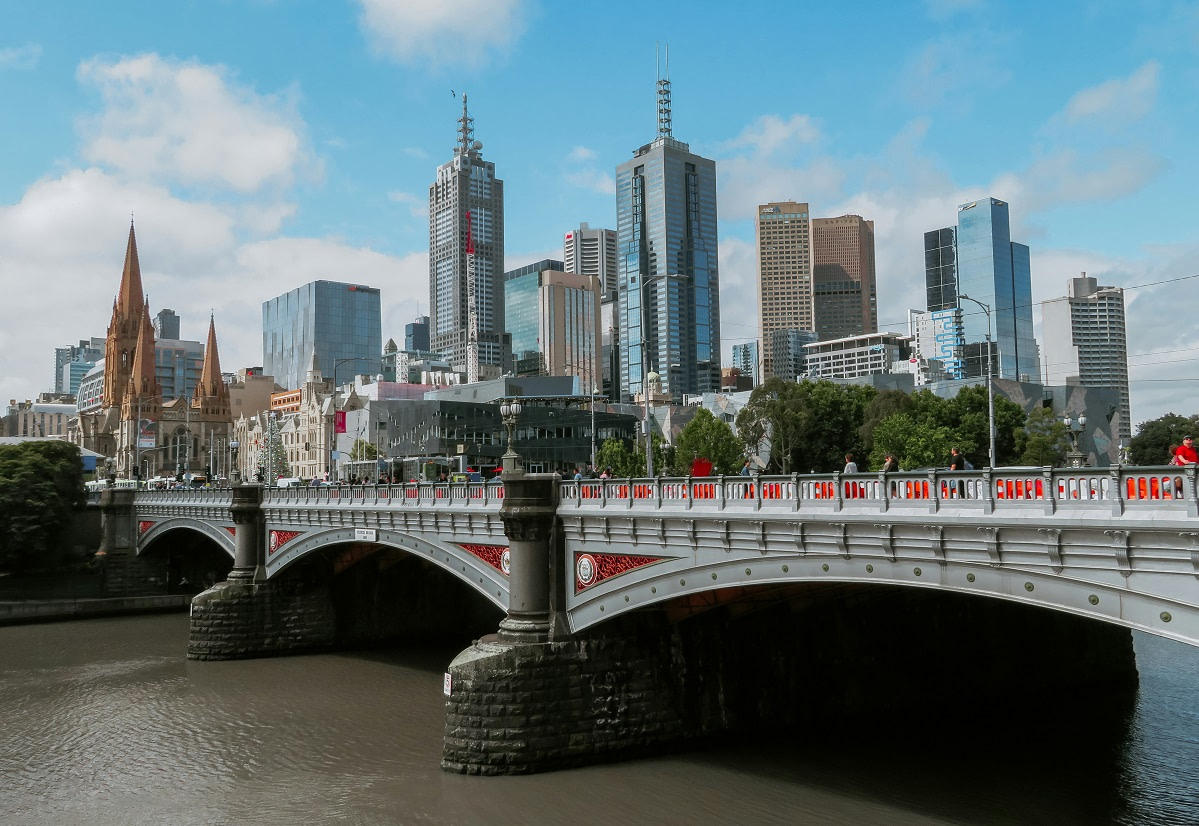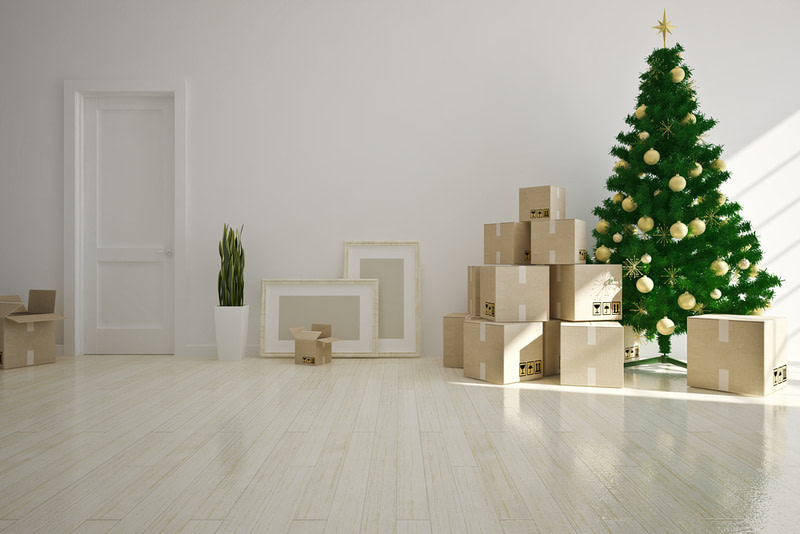Last Updated on June 1, 2023 by Vlad Stoikovich
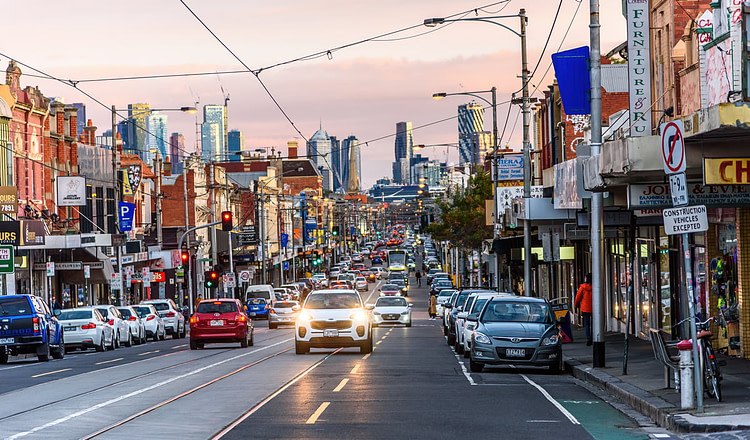
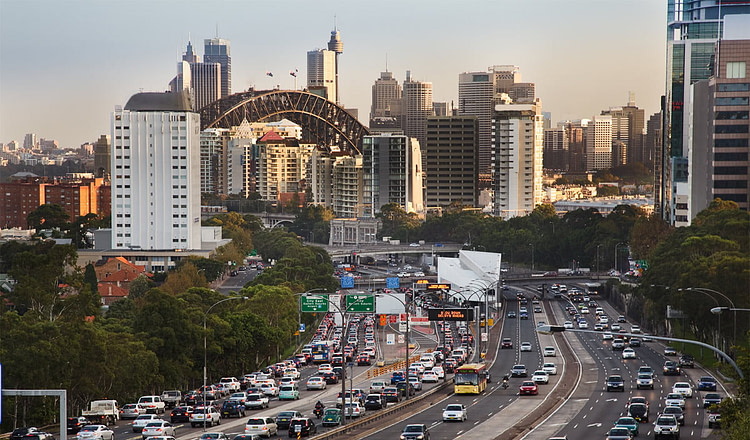
Taking the plunge and moving from Melbourne to Sydney is a big step, one you’re probably super excited about.
Perhaps you’re moving because you’ve had enough of Melbourne’s unpredictable weather. Or maybe you’re moving for work or you just want a sea change (good news, Sydney’s beaches are fantastic).
Either way, there are a few things to think about when moving interstate.
The HomeMove team has compiled this overview of things people leaving Melbourne and moving to Sydney need to know.
Your car is not your friend anymore
In Melbourne, most people use their cars on a daily basis, with the possible exception of those living in the very centre of the city. Parking can be a pain in Victoria’s capital, but it’s nothing compared to what you’ll encounter in Sydney.
According to the NRMA, Sydney’s CBD has just 12.2 parking spots for every 100 commuters, making this the worst ratio for city drivers in all of Australia. And if you do manage to get a park, be prepared to pay for it.
The parking space levy applied by Revenue NSW aims to reduce congestion and encourage commuters to use public transport, but it also means hefty parking fees. The average daily fee in Sydney’s city centre is $70.85.
For these reasons, many Sydneysiders have ditched personal vehicles (or don’t use them often) and instead walk everywhere or jump on the city’s public transport offerings.
Sydney can get really humid
All that walking means you’re probably going to ditch a lot of your Melbourne clothes. Gone are your days of chunky chic scarves, leather boots, and all the other things that Melbournians regularly don.
The climate in Sydney is considered humid subtropical. You’ll find the weather mild and cool in winter and warm and hot during the summer. You’ll also find it quite sticky as Sydney is known for its high humidity levels.
Granted, it’s not Darwin during the buildup but Sydney does get steamy. According to Tourism Australia, the average humidity in the emerald city is 65%, but this can spike as high as 90% and even greater during February, the most humid month.
On the plus side, though, high summer is not as bad. And you always have the option to jump into the ocean and cool down.
Beach culture reigns
People in Sydney spend a lot of time on the city’s beaches, of which there are plenty to choose from. More than 100 coves, bays, surf beaches and secluded coastal spots mean heading to the beach is high on the agenda.
The most popular spots get very busy on the hottest days. Bondi beach, for example, can host up to 40,000 sun seekers on its one kilometre stretch. If you’re heading to a busy beach, go early and stake your territory by placing your towels down.
Your towel is now the equivalent of a national border, you may lose some of the surrounding area to friendly neighbouring ‘nations’ (aka beachgoers), but Sydneysiders respect the sovereignty of a towel.
Beach culture extends into other parts of the city too. Depending on your industry, expect to ditch your stiffer work clothes for more relaxed attire.
You’ll pay more in rent or on your mortgage
On average, those moving from Melbourne to Sydney will pay more for housing. While both cities are experiencing increased property prices in 2021, prices have risen higher in the NSW capital.
The median house price in Sydney for the June 2021 quarter was a cool $1.4 million. In Melbourne, the median price for the same period was $1.02 million.
Renters should also prepare for higher rates. According to data from the 2021 Domain Rent Report, the average weekly rent for a house in Sydney was $550 compared to $430 in Melbourne. Units in Sydney are slightly cheaper at $470 per week.
But you’ll probably make more money
High property prices are relative, though. For many people, the increased cost is worth it given the potential for a higher salary.
On average, the net salary (after tax) in Sydney is around $10,000 more annually than in Melbourne. Most Sydneysiders receive 5 to 10% more for the same occupation compared to their Melbournian counterparts.
And for caffeine junkies, it’s more good news as the average cup of coffee in Sydney is nine cents cheaper than in Melbourne. The cafe culture is just as robust too.
For more interesting financial and demographic comparisons between the two cities, the McCrindle institute has put together this excellent infographic.
There are no trams but ferries aplenty
Melbourne’s iconic trams are loved by many commuters (and loathed by some drivers). Love them or hate them, though, there’s little doubt that they’re a handy way to get around the city.
Sydney’s public transport system is a bit different. New residents are often overwhelmed by the veritable maze of trains, ferries, busses, and light rail options. Getting your head around the myriad choices does take a little practice but dedicated apps, such as TripView, can help you source the best routes across all transport options in real-time.
Sundays are also a great time to get out and explore the city and its surroundings on public transport. Every Sunday, ticket prices are capped at $2.50 for unlimited travel, and this includes ferries.
Many commuter ferry trips are scenic attractions in their own right. The Circular Quay to Darling Harbour route, for example, takes you under the Harbour Bridge, around the Opera House, and past Balmain on the 20-minute trip.
The nights out might be shorter
As a Melbourne-based company, we might be biased. But we think Melbourne wins when it comes to a big night out. The vibrant bar and club scene in Victoria’s capital is buzzing long into the small hours of the night. In Sydney, though, it’s a different story.
Lockout laws, which came into effect in 2014, were introduced to curb unruly behaviour in the central city. These laws have since been lifted, but many venue owners state they will stick with the 1.30 am curfew.
As we’re still mired in Covid restrictions and considerations, it’s too soon to tell what effect these law changes will have on Sydney’s nightlife, but as reported by the BBC, plenty of punters are happy to see the lockouts lifted.
For the Genz’s, Melbourne still reigns supreme over Sydney as the place to be, according to this study “Best cities for Gen Z”
Each area has a distinct vibe and there’s something for everyone
As with Melbourne, Sydney can be divided up into several distinct areas. Each has its own unique feel and ambience. Let’s take a look:
-
The eastern suburbs of Bondi, Rose Bay, Double Bay, Bronte offer plenty of top-notch scenery, world-class beaches, and lots of nature. Of course, this all comes at a price. Sydney’s eastern suburbs are one of the most expensive spots to live in Australia. You’re also further away from the city and the drive or public transport options mean a minimum 30-minute commute.
-
The inner-west suburbs of Newtown, Glebe, Erskineville, Leichhardt, and Balmain are about as close to Melbourne as Sydney gets. Expect bustling cafe culture, a hip and arty feel, and a creative, lively vibe. The key drawback of this hipster haven is the distance from the beaches, and the area tends to get pretty hot.
-
The lower north-shore covers Neutral Bay, Lavender Bay, North Sydney, Kirribilli, and Waverton. These eminently liveable suburbs are scenic, relaxed, and far from the hustle of the city. Popular with families and retirees, if you’re looking for more action, the lower north probably isn’t for you. You’re also over the bridge, many a Sydneysider’s bane of existence.
-
The inner-east suburbs of Potts Point, Darlinghurst, Paddington, and Surry Hills are as central as you can get. They also come with all the perks and drawbacks of living in the heart of a large city. Expect plenty of restaurants, nightlife options, and a fair amount of late-night noise. The inner-east does have a roach problem that no other part of Sydney struggles with to the same level.
-
The northern beaches are made up of Manly, Fairlight, Balgowlah, Curl Curl, and Dee Why. This area is spacious, offers up some cracking beaches and beach culture, and it’s less crowded than other regions. It’s popular with families who want that little bit of extra space and a backyard for the kids. One main road connects the area to the city, and suffice it to say, it can get a bit hectic at peak times.
878.6 kilometres separate Melbourne and Sydney
That’s around a nine to ten hour drive. Your stuff has to travel quite the distance when you’re moving from Melbourne to Sydney, and you want to make sure your belongings are in safe hands during the move.
HomeMove are long-distance moving experts. We’ve been helping Australians move around our great country for 13 years, and we’ve successfully moved plenty of people from Melbourne to Sydney and vice versa.
We take the utmost care with the contents of your household. From packing and organising before the move to loading our trucks and driving with care, we’ve got your back.
Moving interstate is a huge step, make it as easy as possible by having the right team on your side. Contact us today or give us a call on 03 9077 3120 to discuss your move and make a plan.
Moving from Melbourne to Sydney FAQs
Yes, you are required to update your driver’s license to reflect your new address. In New South Wales, you need to do this within 14 days of moving.
Do your research: look for removalists with positive customer reviews, a solid reputation, and relevant experience. Confirm they have appropriate insurance, and get at least three quotes before making a decision.
Sydney has a more temperate climate than Melbourne, with warmer winters and hotter summers. Consider this when packing your belongings, particularly clothing.
Both cities have their unique charms. Melbourne is often celebrated for its arts scene, coffee culture, and sports events, while Sydney is known for its iconic landmarks, beaches, and outdoor lifestyle.
The actual moving time can vary based on your specific circumstances. However, in most cases, you can expect your belongings to be transported from Melbourne to Sydney within 1-3 days.
Sydney offers a wide range of schooling options, including public, religious, private, and international schools. Research schools in your new area early to ensure you secure a place for your children.
Sydney is generally considered to be more expensive than Melbourne, particularly in terms of housing costs. However, this can vary depending on the specific area in each city you’re comparing.
Consider your lifestyle and work location, proximity to amenities like schools and shops, access to public transport, the local community, and of course, your budget.
The cost of moving from Melbourne to Sydney varies based on several factors, such as the size of your move, the exact distance, the moving services you require, and the moving company you choose. On average, you could expect to pay anywhere from $1,500 to $3,500.
Hiring a professional interstate removalist is often the best and most convenient way to move your belongings. They have the experience and equipment to handle your move safely and efficiently.

Vlad Stoikovich is the General Manager of HomeMove, with more than twenty years in the Melbourne removalist industry, you won’t find anyone with more experience or greater integrity.

